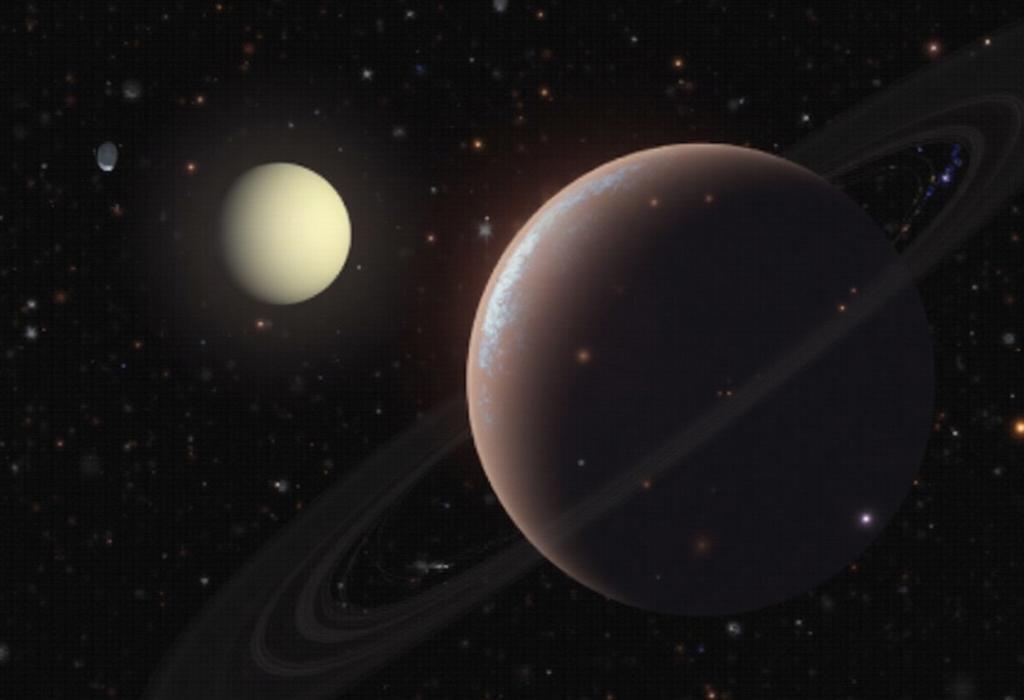In a groundbreaking discovery, astronomers have determined that 'super-Earth' planets could be found in orbits much wider than previously believed. These rocky worlds, with masses up to 10 times that of Earth, were previously thought to only exist within close ranges to their stars. However, the recent gravitational microlensing event, designated OGLE-2016-BLG-0007, revealed a small exoplanet located around 10 astronomical units (au) from its star, indicative of a much larger population of super-Earths in broader orbits. The findings, shared by Jennifer Yee of the Center for Astrophysics | Harvard & Smithsonian, were particularly surprising, as they challenge earlier assumptions stemming from data collected by the Kepler space telescope, which primarily indicated the prevalence of these planets within 1 au.
This research suggests that the existence of super-Earths at greater distances from their host stars significantly alters our understanding of exoplanetary formation and the distribution of planetary mass ratios. It raises essential questions regarding 'habitable zones'—regions in a star's vicinity where conditions might allow for liquid water, crucial for life as we know it. Traditional definitions of 'Goldilocks zones' typically exclude planets like Jupiter and Saturn due to their distance from the sun. However, this study opens avenues for potentially habitable super-Earths orbiting hotter stars.
The use of the Korea Microlensing Telescope Network (KMTNet) in conducting this research highlights the importance of international collaborations in astronomy. This innovative approach allows astronomers to monitor variable celestial events across different time zones, enhancing their ability to catch transient phenomena that could indicate the presence of smaller planetary bodies.
In essence, this discovery significantly broadens the canvas of planetary science. It emphasizes that our definitions of habitability might need reevaluation as we encounter a growing body of evidence suggesting that numerous super-Earths exist in orbit configurations previously deemed unlikely. As we continue to gather data and refine our models of planetary formation, we may soon redefine our understanding of where life might exist in the universe.
AD
AD
AD
AD
Bias Analysis
Bias Score:
15/100
Neutral
Biased
This news has been analyzed from 7 different sources.
Bias Assessment: The news article presents findings based on scientific research with a focus on discoveries in astronomy without any apparent editorial bias. The language remains neutral and factual throughout, as the article primarily serves to inform readers of newly published findings. Commentary is slightly interpretative, exploring implications while maintaining a balanced viewpoint regarding the scientific community's perspectives on habitability.
Key Questions About This Article




